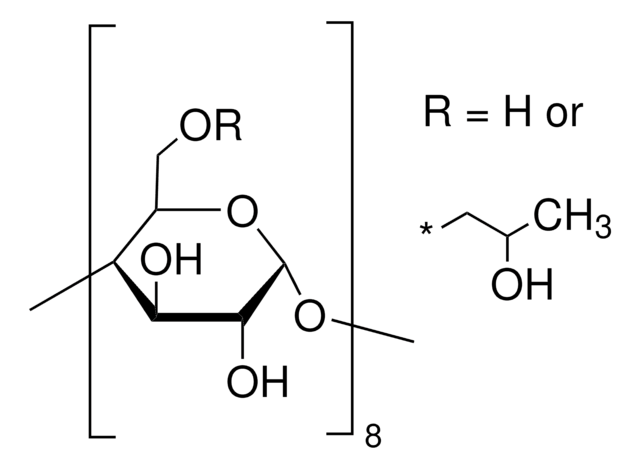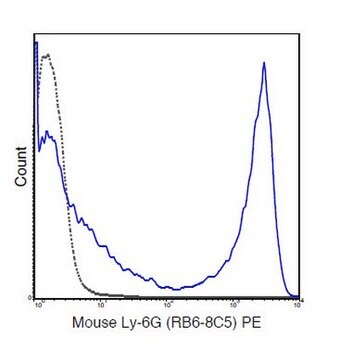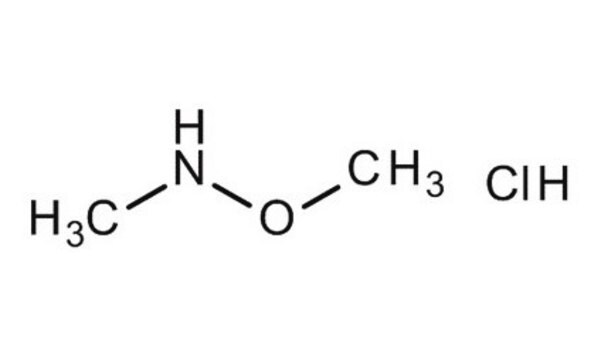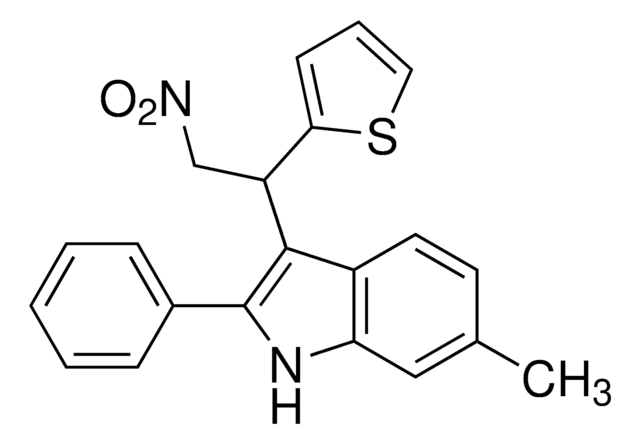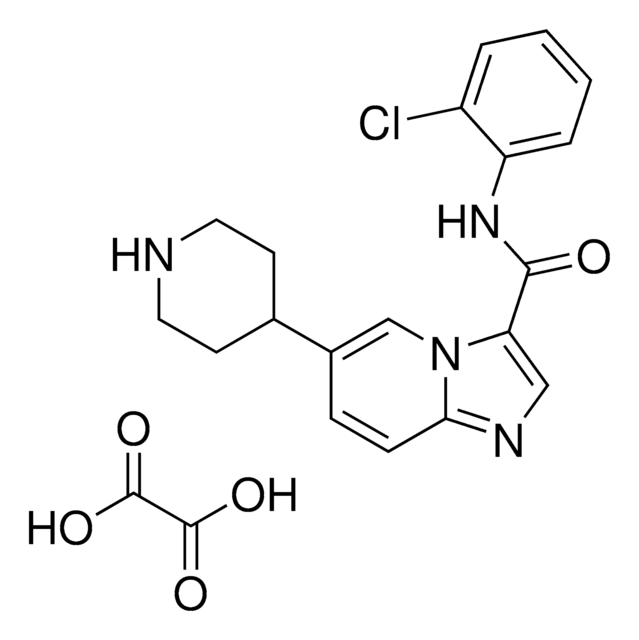Kluczowe dokumenty
SML0235
CDPPB
≥98% (HPLC)
Synonim(y):
3-Cyano-N-1,3-diphenyl-1H-pyrazol-5-yl)benzamide
About This Item
Polecane produkty
Poziom jakości
Próba
≥98% (HPLC)
Postać
powder
kolor
white to beige
rozpuszczalność
DMSO: ≥5 mg/mL at warmed to 60 °C
temp. przechowywania
2-8°C
ciąg SMILES
O.O=C(Nc1cc(nn1-c2ccccc2)-c3ccccc3)c4cccc(c4)C#N
InChI
1S/C23H16N4O.H2O/c24-16-17-8-7-11-19(14-17)23(28)25-22-15-21(18-9-3-1-4-10-18)26-27(22)20-12-5-2-6-13-20;/h1-15H,(H,25,28);1H2
Klucz InChI
GZHZEGYXLNXEBV-UHFFFAOYSA-N
Zastosowanie
Działania biochem./fizjol.
Cechy i korzyści
Kod klasy składowania
11 - Combustible Solids
Klasa zagrożenia wodnego (WGK)
WGK 3
Temperatura zapłonu (°F)
Not applicable
Temperatura zapłonu (°C)
Not applicable
Certyfikaty analizy (CoA)
Poszukaj Certyfikaty analizy (CoA), wpisując numer partii/serii produktów. Numery serii i partii można znaleźć na etykiecie produktu po słowach „seria” lub „partia”.
Masz już ten produkt?
Dokumenty związane z niedawno zakupionymi produktami zostały zamieszczone w Bibliotece dokumentów.
Nasz zespół naukowców ma doświadczenie we wszystkich obszarach badań, w tym w naukach przyrodniczych, materiałoznawstwie, syntezie chemicznej, chromatografii, analityce i wielu innych dziedzinach.
Skontaktuj się z zespołem ds. pomocy technicznej

